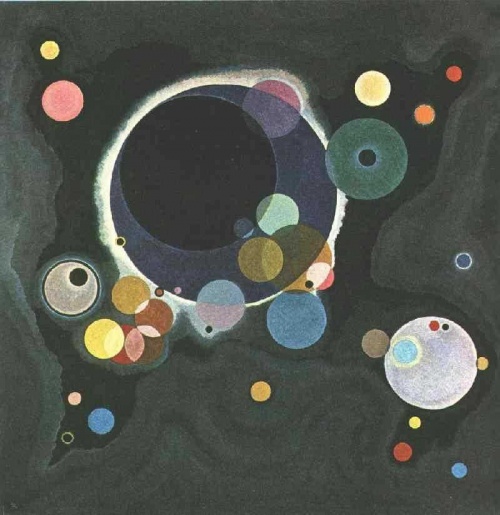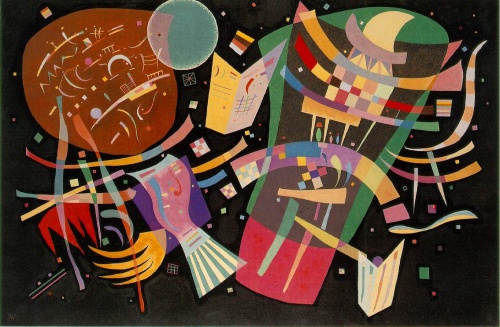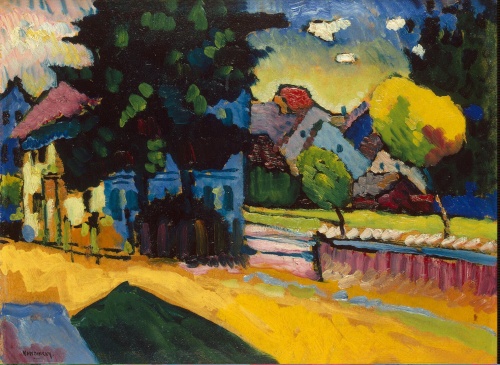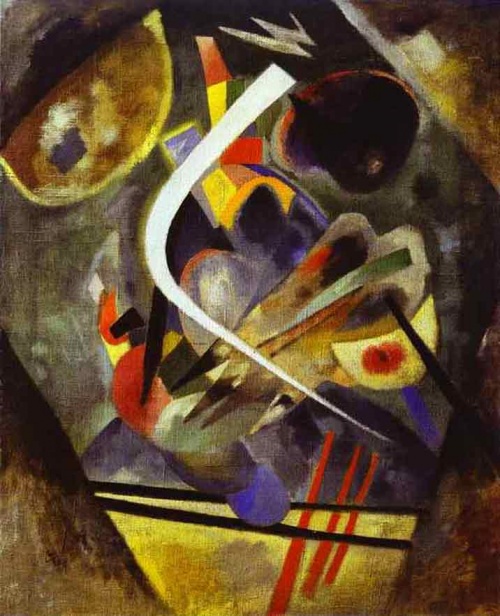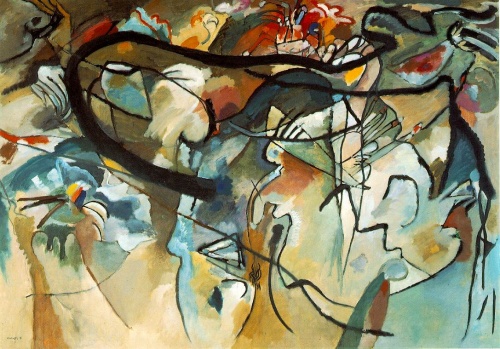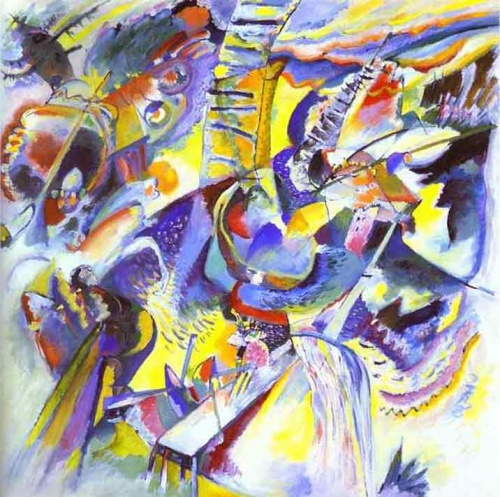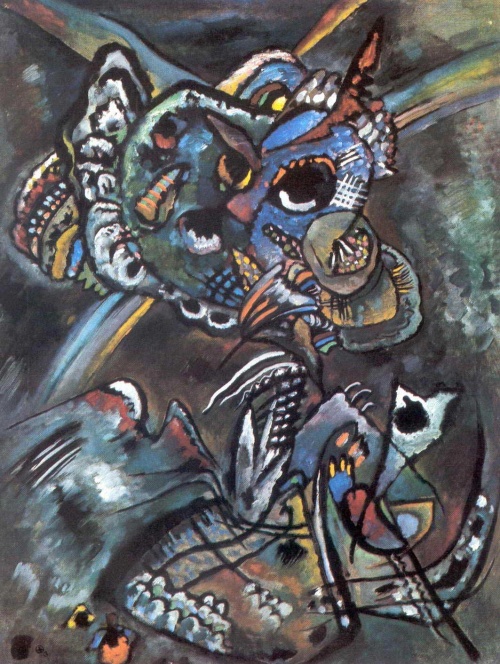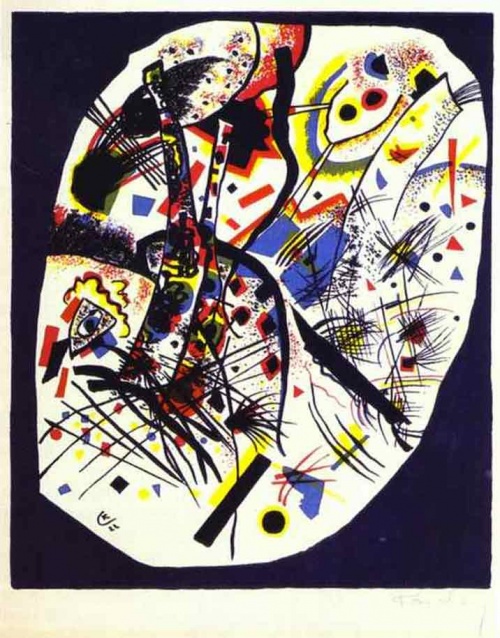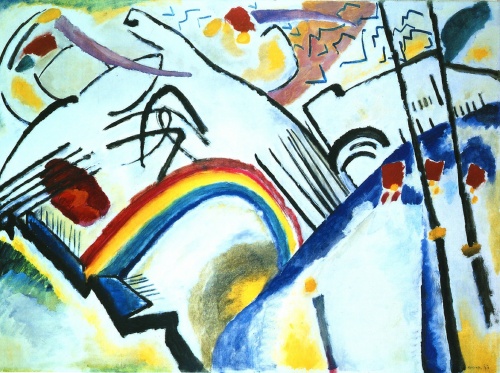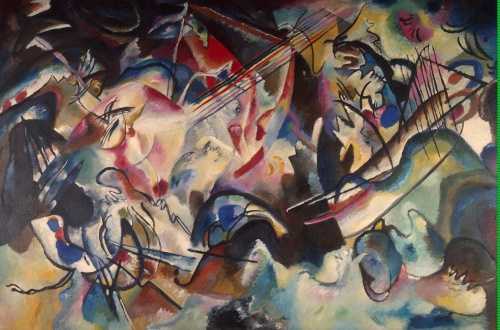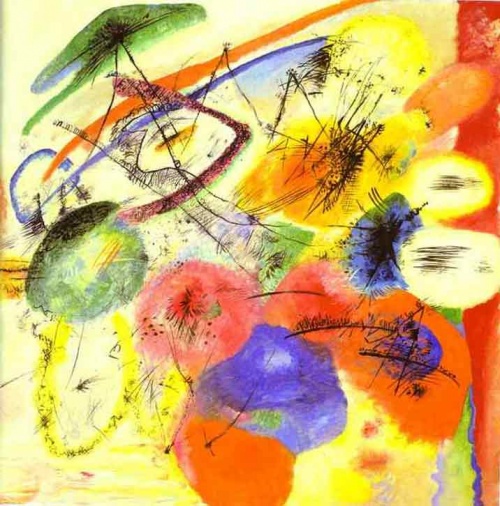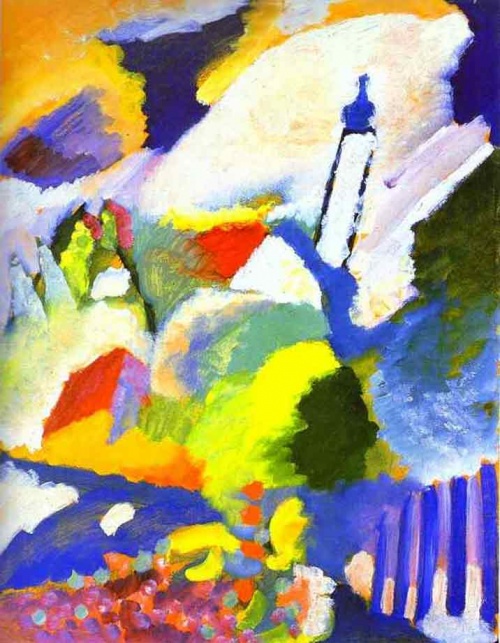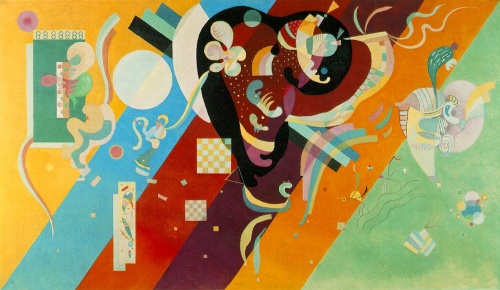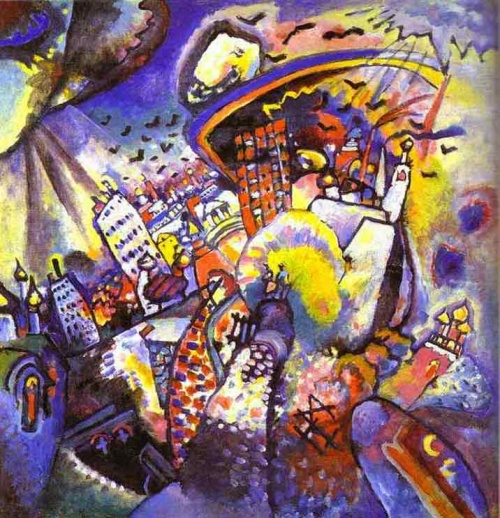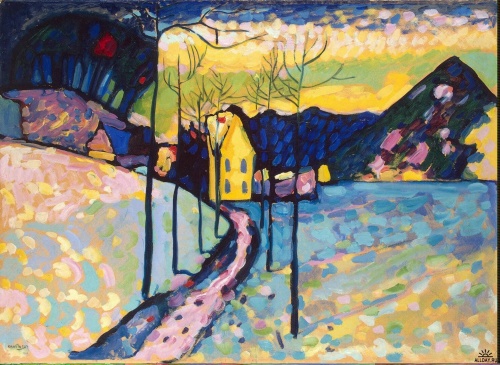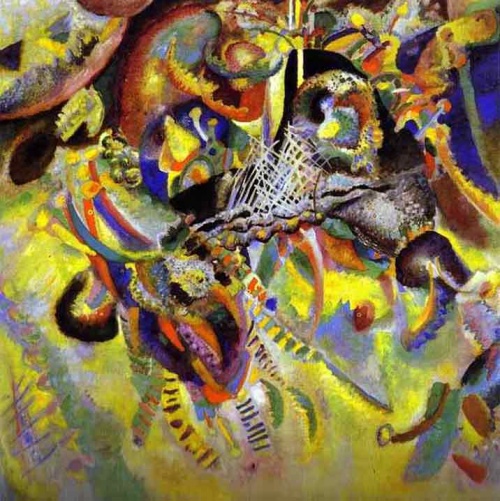Wassily Vasilievich Kandinsky (30 works)
Разрешение картинок от 580x833px до 1484x1302px
Wassily Kandinsky was born on December 16 (December 4, old style) 1866 in Moscow, in the family of businessman Vasily Sylvesterovich Kandinsky (1832–1926). During his childhood he traveled with his parents throughout Europe and Russia. In 1871, the family settled in Odessa, where the future artist graduated from high school and also received art and music education. In 1885-93 (with a break in 1889-91) he studied at the Faculty of Law of Moscow University, where he studied economics and law. In 1889, he interrupted his studies for health reasons and participated in an ethnographic expedition in the Vologda province.
In 1893, V. Kandinsky graduated from the Faculty of Law. He worked as artistic director of the Kushnerev printing house in Moscow (1895).
Kandinsky chose his career as an artist relatively late - at the age of 30. In 1896 he settled in Munich and then remained in Germany until 1914.
Since 1897 he studied painting in the private studio of A. Ashbe.
In 1900 he entered the Munich Academy of Arts, where he studied with Franz von Stuck. Since 1901, Kandinsky created the Phalanx art association and organized a school with it, where he himself taught.
Since 1900, Kandinsky has traveled a lot, visiting North Africa, Italy, France; Happens on visits to Odessa and Moscow. Participated in exhibitions of the Moscow Association of Artists.
In 1910 and 1912 he also participated in exhibitions of the art association “Jack of Diamonds”. During these years, he developed an innovative concept of the “rhythmic” use of color in painting.
In 1909, Kandinsky organized the “New Munich Art Association”, in 1911 - the almanac and the “Blue Rider” group, whose members were famous expressionist artists, Franz Marc, Alexei Jawlensky, Marianna Veryovkina and Paul Klee. At the same time, he had his first personal exhibition.
In 1914 the artist returned to Moscow. In subsequent years, he worked on realistic and semi-abstract canvases, mainly landscapes.
Moscow. 1916. Tretyakov Gallery
After the revolution of 1917, Kandinsky was actively involved in social work.
In 1918, he participated in the organization of the protection of monuments, the creation of the Museum of Pictorial Culture and the Russian Academy of Art Sciences, taught at VKHUTEMAS and published his autobiographical book “Steps” (M., 1918).
In 1918-1919 he was a member of the art board of the Fine Arts Department of the People's Commissariat for Education, in 1919-1921 - chairman of the All-Russian Purchasing Commission, scientific consultant and head of a reproduction workshop, honorary professor at Moscow University. Kandinsky was also elected vice-president of the Russian Academy of Sciences. He continued to write - during this period, in particular, decorative compositions on glass “Amazon” (1918) and “Amazon in the Mountains” (1919) were created.
In December 1921, Kandinsky went to Berlin to organize a branch of the Russian Academy of Sciences. Participated in the First Exhibition of Russian Art in Germany. He never returned to Russia.
In Berlin, Wassily Kandinsky began teaching painting and became a prominent theoretician of the Bauhaus school. Kandinsky soon received worldwide recognition as one of the leaders of abstract art.
In 1928, the artist took German citizenship, but when the Nazis came to power in 1933, he emigrated to France.
From 1933 to 1944 he lived in Paris, actively participating in the international artistic process.
In 1939, Wassily Kandinsky took French citizenship. Kandinsky died on December 13, 1944 in the Parisian suburb of Neuilly-sur-Seine.
Cossacks
Chimerical improvisation
The heyday of the artist’s creativity occurred during the years when he taught summer courses at the Munich art school (Münchner Malschule Phalanx), which traveled to the town of Kallmünz, located in a picturesque area at the confluence of the Vils and the Naab. In everyday life, this town is called the “Pearls of Oberpfalz.” Here, 35-year-old Kandinsky became close friends with Gabriele Münter, a 26-year-old student at the school. However, he did not formalize the marriage, although he divorced his wife in 1911. After the outbreak of World War II, they separated due to Kandinsky's departure to Russia, but in 1915 they again spent three months together in Stockholm. By this time, Gabriela had already become a real artist, although her style differed from Kandinsky's style. During the Nazi years, his works were classified as “perverted art” and were not exhibited anywhere. However, some of them were preserved by Gabriela, who lived permanently in Murnau on Staffelsee in the house in which she lived with Vasily. She died there in 1962
